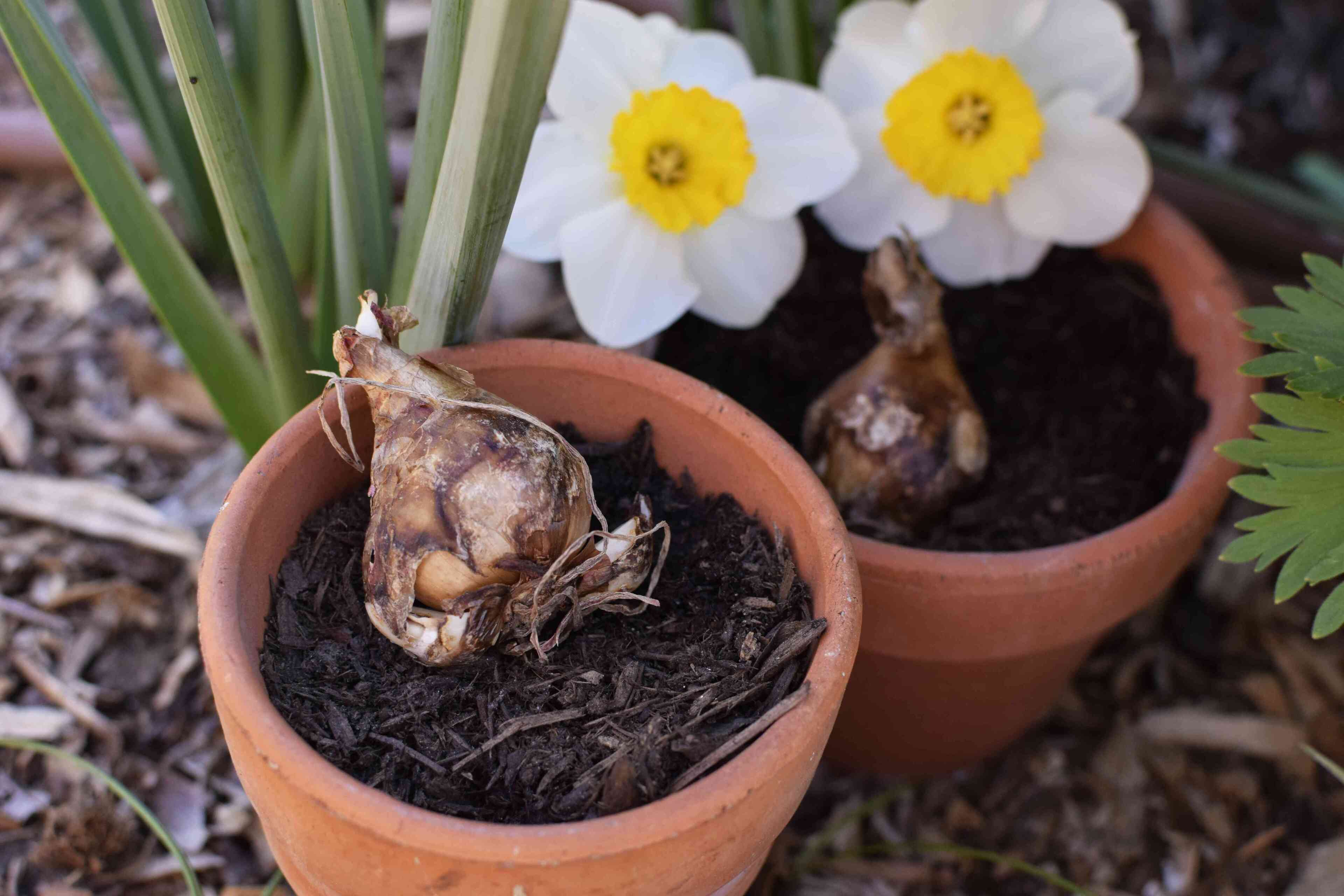

Articles
How To Store Daffodil Bulbs
Modified: August 23, 2024
Looking for articles on how to store daffodil bulbs? Find expert tips and techniques for keeping your daffodil bulbs safe and healthy throughout the year.
(Many of the links in this article redirect to a specific reviewed product. Your purchase of these products through affiliate links helps to generate commission for Storables.com, at no extra cost. Learn more)
Introduction
Daffodils are beautiful perennial flowers that bring vibrant colors and a touch of cheer to any garden. Once the blooming season is over, it’s time to think about storing daffodil bulbs to protect them from harsh winter conditions. Proper storage not only ensures the bulbs’ survival but also allows them to thrive and produce stunning blooms year after year. In this article, we will guide you through the process of storing daffodil bulbs effectively, ensuring their health and vitality for future seasons.
One of the key factors in successfully storing daffodil bulbs is selecting the right storage area. The ideal storage space should be cool, dry, and well-ventilated. This prevents the bulbs from rotting or drying out before their dormancy period ends. A basement, garage, or shed, where temperatures remain consistently between 35°F and 50°F (1.5°C and 10°C), is an excellent choice. It is essential to avoid areas with extreme temperature fluctuations or high humidity, as this can negatively impact the health of the bulbs.
Before storing daffodil bulbs, it is important to prepare them properly. Start by carefully digging up the bulbs once the foliage has turned yellow and died back completely. Gently shake off any excess soil, taking care not to damage the bulbs’ protective outer skin. Inspect the bulbs for any signs of disease or damage, such as soft spots, discoloration, or mold. Remove and discard any bulbs that appear unhealthy, as they may affect the overall health of the stored bulbs.
Once the bulbs have been inspected, it is time to prepare them for storage. Begin by trimming the foliage down to about 2-3 inches (5-7.5 cm) above the bulb. This helps conserve energy and prevents the bulbs from wasting nutrients during their dormant period. Be cautious not to cut too close to the bulb, as this can leave it vulnerable to disease or rot.
Now that the bulbs are prepared, it’s time to store them. There are different methods for storing daffodil bulbs, depending on your preference and available resources. One popular method is to use breathable containers, such as paper bags or mesh bags, to keep the bulbs in. Place a layer of sawdust, wood chips, or peat moss at the bottom of the container, then arrange the bulbs in a single layer, making sure they do not touch each other. Cover the bulbs with another layer of the selected material, and repeat the layering process for multiple layers as needed. Close the bag loosely or cover the container to maintain airflow.
Key Takeaways:
- Properly storing daffodil bulbs in a cool, dry, and well-ventilated area is crucial for their survival and future blooming. Basements, garages, or sheds are ideal storage spaces.
- Carefully preparing daffodil bulbs for storage by inspecting, trimming, and labeling them sets the stage for successful growth and vibrant blooms in the future.
Read more: How To Store Crocus Bulbs
Choosing the Right Storage Area
When it comes to storing daffodil bulbs, the proper selection of a storage area is crucial. The goal is to create an environment that mimics the bulbs’ natural dormant conditions, protecting them from extreme temperatures and excessive moisture. Here are some essential factors to consider when choosing the right storage area for your daffodil bulbs:
- Temperature: Daffodil bulbs prefer cool temperatures during their dormancy period. The ideal storage temperature ranges from 35°F to 50°F (1.5°C to 10°C). Avoid storing the bulbs in areas that experience extreme temperature fluctuations, such as near windows or vents.
- Humidity: Damp or humid conditions can lead to bulb rot or disease. Select a storage area with low humidity levels, preferably below 60%. Basements, garages, or sheds that offer good ventilation are excellent options.
- Airflow: Proper airflow is essential to prevent the bulbs from becoming moldy or developing fungal infections. Ensure that the storage area has adequate ventilation to maintain a fresh and dry environment.
- Light: Daffodil bulbs need darkness during their dormant period. Avoid storing them in areas with direct sunlight or bright artificial light, as this can disrupt their dormancy and premature growth.
- Pests: Critters, such as mice or squirrels, may be attracted to stored bulbs as a food source. Choose a storage area that is secure and protected from pests. You can consider using wire mesh or screens on windows and vents to prevent unwanted visitors.
Based on these factors, some suitable storage areas for daffodil bulbs include:
- A basement: Typically, basements offer a consistent temperature range and are protected from extreme weather conditions. Ensure the basement is adequately ventilated and free from any moisture or water leaks.
- A garage or shed: These spaces can also provide the necessary temperature control and protection from the elements. Make sure the area is free from drafts and humidity.
- A dedicated storage box or cabinet: If you have limited space, consider using a storage box or cabinet specifically designed for bulb storage. These containers often come with ventilation holes to maintain proper airflow.
- A refrigerator (optional): For those with limited storage options or living in warmer climates, refrigerating the bulbs can be an effective solution. However, ensure they are kept away from fruits and vegetables, as ethylene gas emitted by produce can negatively affect the bulbs.
Before finalizing your storage area, it’s always a good idea to monitor the conditions for a few days to ensure they meet the optimal requirements for daffodil bulb storage. Taking the time to choose the right storage area will help safeguard your bulbs and ensure their successful growth and bloom in the upcoming seasons.
Preparing the Bulbs for Storage
Properly preparing daffodil bulbs for storage is a crucial step in ensuring their health and longevity. Taking the time to prepare the bulbs before storing them will help prevent diseases and rot, and set them up for successful growth in the future. Here are the steps to follow when preparing daffodil bulbs for storage:
- Digging up the bulbs: Wait until the foliage of the daffodil plants has turned completely yellow and died back before digging up the bulbs. This indicates that the bulbs have absorbed enough nutrients and are ready for their dormant period. Use a garden fork or trowel to carefully lift the bulbs out of the soil, avoiding any damage to the bulbs or their clusters.
- Removing excess soil: Gently tap or shake off any loose soil clinging to the bulbs. Avoid washing the bulbs, as excessive moisture can promote rot. Removing the excess soil helps prevent the spread of pathogens and keeps the bulbs cleaner during storage.
- Inspecting for damage or disease: Take a close look at each bulb to check for any signs of damage, disease, or pests. Discard any bulbs that are soft, mushy, or show signs of rot. Also, remove bulbs with moldy patches or any signs of pest infestations.
- Trimming the foliage: Once the bulbs have been inspected, it’s time to trim the foliage. Use clean and sharp pruners or scissors to cut back the foliage to around 2-3 inches (5-7.5 cm) above the bulb. This step helps conserve energy and nutrients within the bulb during its dormancy period. Be careful not to cut too close to the bulb, as this can leave it vulnerable to diseases or rot.
- Labeling: To keep track of the different varieties or colors of daffodils, consider labeling the bulbs before storage. Use waterproof markers or labels to write down the variety names or any other relevant information on the bulb itself or on separate tags. This will help you identify and organize the bulbs easily when it’s time to replant them.
After preparing the bulbs, it is essential to handle them with care to prevent any damage. Place the bulbs in a shallow box or tray, ensuring they are not touching each other. This arrangement allows for proper airflow and helps minimize the risk of rot or disease. Keep the box or tray in a cool, well-ventilated area while you’re gathering the necessary supplies for the storage method you choose.
By taking the time to properly prepare your daffodil bulbs for storage, you’re ensuring their health and increasing their chances of thriving in the future. These simple steps will help maintain the bulbs’ quality during their dormant period and set the stage for beautiful blooms when the time comes to replant them.
Storing Daffodil Bulbs
Once you have prepared your daffodil bulbs for storage, it’s time to choose the most suitable method to store them. Proper storage will help ensure the bulbs remain healthy and ready for replanting in the following season. Here are a few effective methods for storing daffodil bulbs:
- Breathable containers: One popular method is to use breathable containers such as paper bags or mesh bags. These allow for good air circulation, preventing moisture buildup that can lead to rot. Begin by placing a layer of sawdust, wood chips, or peat moss at the bottom of the container. This layer helps absorb excess moisture and provides insulation for the bulbs. Arrange the bulbs in a single layer, making sure they are not touching each other. Cover the bulbs with another layer of your chosen material and repeat the layering process for multiple layers if necessary. Close the bags loosely or cover the container to maintain airflow.
- Perforated plastic bags: If using plastic bags, make sure they are perforated to provide ventilation. Place the bulbs in the bag, leaving some space for air circulation. Seal the bag loosely to reduce moisture buildup but still allow for some airflow. It’s important to note that plastic bags can retain more moisture than breathable containers, so monitor the bulbs regularly for any signs of excessive humidity or mold.
- Paper-lined crates: Another option is to store the bulbs in paper-lined crates or boxes. Line the bottom of the crate with a thick layer of newspaper or brown paper. Arrange the bulbs in a single layer, ensuring they do not touch each other. Place another layer of paper on top, and continue layering until the crate is full. Close the crate, but leave small gaps for ventilation. This method provides insulation and allows for proper air circulation.
- Clumping and mulching: If you have limited storage space or a small number of bulbs, you can clump the bulbs together and pack them in a ventilated container. Wrap the bulbs loosely in newspaper or place them inside mesh bags. Fill any empty spaces with sawdust, wood chips, or peat moss to provide insulation and prevent moisture buildup. Store the container in a cool and dry area.
Regardless of the storage method you choose, keep the daffodil bulbs in a cool and dry location. Avoid areas with extreme temperature fluctuations, excessive humidity, or direct sunlight. Regularly monitor the bulbs for any signs of mold, rot, or pests. If you notice any issues, remove the affected bulbs immediately to prevent further spread.
Remember to label the containers or crates with the variety names or any relevant information to make it easier to identify and organize the bulbs when it’s time for replanting. Store the bulbs undisturbed until the appropriate planting time in the following season.
By selecting the right storage method and providing the bulbs with the optimal conditions, you are setting the stage for healthy and thriving daffodil blooms when the time comes to replant them.
After the daffodil bulbs have finished flowering, allow the foliage to die back naturally before cutting it off. Store the bulbs in a cool, dry place until it’s time to plant them in the fall.
Checking on Stored Bulbs
While your daffodil bulbs are in storage, it’s important to periodically check on them to ensure they remain healthy and free from any issues. Monitoring the stored bulbs allows you to address any problems promptly and maximize their chances of thriving when it’s time for replanting. Here are a few key steps to follow when checking on your stored daffodil bulbs:
- Regular inspections: Set a reminder to check on your stored bulbs every few weeks. This will allow you to catch any early signs of damage or disease before they worsen.
- Check for rot or mold: Carefully inspect the stored bulbs for any signs of rot or mold. Look for soft spots, discoloration, or a foul odor. If any bulbs show signs of rot or mold, remove them immediately to prevent the spread to other bulbs.
- Monitor for pests: Keep an eye out for any pests that may have found their way into the storage area. Rodents, insects, or other pests can damage or devour the bulbs. If any pests are present, take appropriate measures to remove them or consult with a professional if necessary.
- Adjusting storage conditions: If you notice excessive moisture or condensation in the storage area, it may be necessary to provide better ventilation or adjust the insulation material surrounding the bulbs. Ensuring proper airflow and moisture control is crucial to prevent rot and disease.
- Note any changes: Take note of any changes in the bulbs’ appearance or condition. Are they becoming shriveled or showing signs of dehydration? Do they appear healthy and plump? These observations will help you evaluate the effectiveness of your storage methods and make any necessary adjustments.
During the checking process, it’s important to handle the bulbs with care to avoid causing damage. Avoid dropping or rough handling, as this can lead to bruising or rot. After inspecting the bulbs, gently reposition them in their storage containers, making sure they remain in a ventilated and dry environment.
If any issues are discovered during the checking process, take immediate action to rectify the situation. Remove any affected bulbs, adjust the storage conditions as needed, and consult with a gardening expert if you are unsure how to address a particular problem.
By regularly checking on your stored daffodil bulbs, you can identify and resolve any issues early on, ensuring the bulbs remain healthy and ready for replanting. Your diligence and care will contribute to vibrant and successful blooms when the time comes to enjoy your daffodils once again.
Read more: How To Store Light Bulbs
Replanting Stored Daffodil Bulbs
After a period of careful storage, it’s time to replant your daffodil bulbs and enjoy their beautiful blooms once again. Replanting stored daffodil bulbs involves a few essential steps to ensure their successful transition back into the garden. Here’s a guide to help you replant your stored daffodil bulbs:
- Selecting the planting location: Choose a suitable planting location in your garden that provides the right growing conditions for daffodils. Daffodils prefer well-draining soil and at least six hours of direct sunlight each day. Ensure the soil is fertile and free from weeds and debris.
- Preparing the planting area: Before planting, prepare the planting area by loosening the soil with a garden fork or shovel. Remove any weeds or grass that may compete with the bulbs for nutrients and space. Add organic matter like compost or well-rotted manure to enrich the soil and improve drainage if necessary.
- Spacing and depth: Daffodil bulbs should be planted at a depth of about 6-8 inches (15-20 cm) below the soil surface. Space the bulbs at least 4-6 inches (10-15 cm) apart. Larger bulbs can be planted a bit deeper, while smaller bulbs should be planted slightly shallower.
- Planting the bulbs: Dig individual holes or a trench, depending on the number of bulbs you have. Place each bulb in the hole or trench with the pointed end facing upwards. Gently backfill the soil and firm it around the bulbs, ensuring good soil-to-bulb contact.
- Watering: After planting, water the area thoroughly to settle the soil and provide moisture to the newly planted bulbs. Adequate moisture is crucial for root establishment and future growth.
- Mulching: Apply a layer of organic mulch, such as straw or wood chips, around the newly planted bulbs. Mulching helps conserve moisture, suppresses weeds, and provides insulation to protect the bulbs from temperature fluctuations.
- Post-planting care: Once the bulbs are planted, regular care is important for their growth and development. Provide adequate water during dry periods, but avoid overwatering, as this can lead to bulb rot. Remove any weeds or competing vegetation around the bulbs. Fertilize with a balanced bulb fertilizer in early spring before bulbs start actively growing.
It’s important to note that daffodil bulbs may take a year or two to fully establish and produce their best blooms after being stored. Be patient and allow the bulbs to acclimate to their new environment. With proper care and maintenance, your stored daffodil bulbs will reward you with their vibrant colors and delightful fragrance each spring.
Remember to keep track of the varieties and locations of the planted bulbs for future reference. This will help you assess their performance and plan for any necessary adjustments or additions to your garden.
By following these steps and providing the necessary care, you can successfully replant your stored daffodil bulbs and enjoy their graceful beauty in your garden for years to come.
Conclusion
Storing daffodil bulbs properly is essential to ensure their health and vitality for future seasons. By following the right storage techniques and providing optimal conditions, you can protect the bulbs from harsh winter weather and promote their successful growth and blooming. Here are the key takeaways to keep in mind:
First, select a suitable storage area that provides cool temperatures, low humidity, good airflow, and protection from pests. Basements, garages, or sheds are often ideal choices.
Next, properly prepare the bulbs for storage by digging them up after the foliage has turned yellow, removing excess soil, inspecting for damage or disease, trimming the foliage, and labeling the bulbs for identification.
Choose the best storage method for your daffodil bulbs, such as breathable containers, perforated plastic bags, paper-lined crates, or clumping and mulching. Keep the bulbs in a cool and dry location, ensuring they are adequately ventilated.
Regularly check on your stored bulbs to monitor their condition. Look for signs of rot, mold, or pests, and make any necessary adjustments to the storage environment. Handle the bulbs with care during inspections to avoid causing damage.
When it’s time to replant the stored daffodil bulbs, select an appropriate location in your garden with well-draining soil and adequate sunlight. Prepare the planting area, space the bulbs properly, and plant them at the appropriate depth.
After planting, provide proper care for the bulbs, including watering, mulching, and regular maintenance. Be patient, as it may take some time for the bulbs to fully establish and produce their best blooms after being stored.
In conclusion, storing daffodil bulbs correctly is crucial for their long-term health and success. By following the guidelines outlined in this article, you can ensure the well-being of your daffodil bulbs and look forward to their beautiful displays of color and fragrance in your garden for years to come.
Frequently Asked Questions about How To Store Daffodil Bulbs
Was this page helpful?
At Storables.com, we guarantee accurate and reliable information. Our content, validated by Expert Board Contributors, is crafted following stringent Editorial Policies. We're committed to providing you with well-researched, expert-backed insights for all your informational needs.

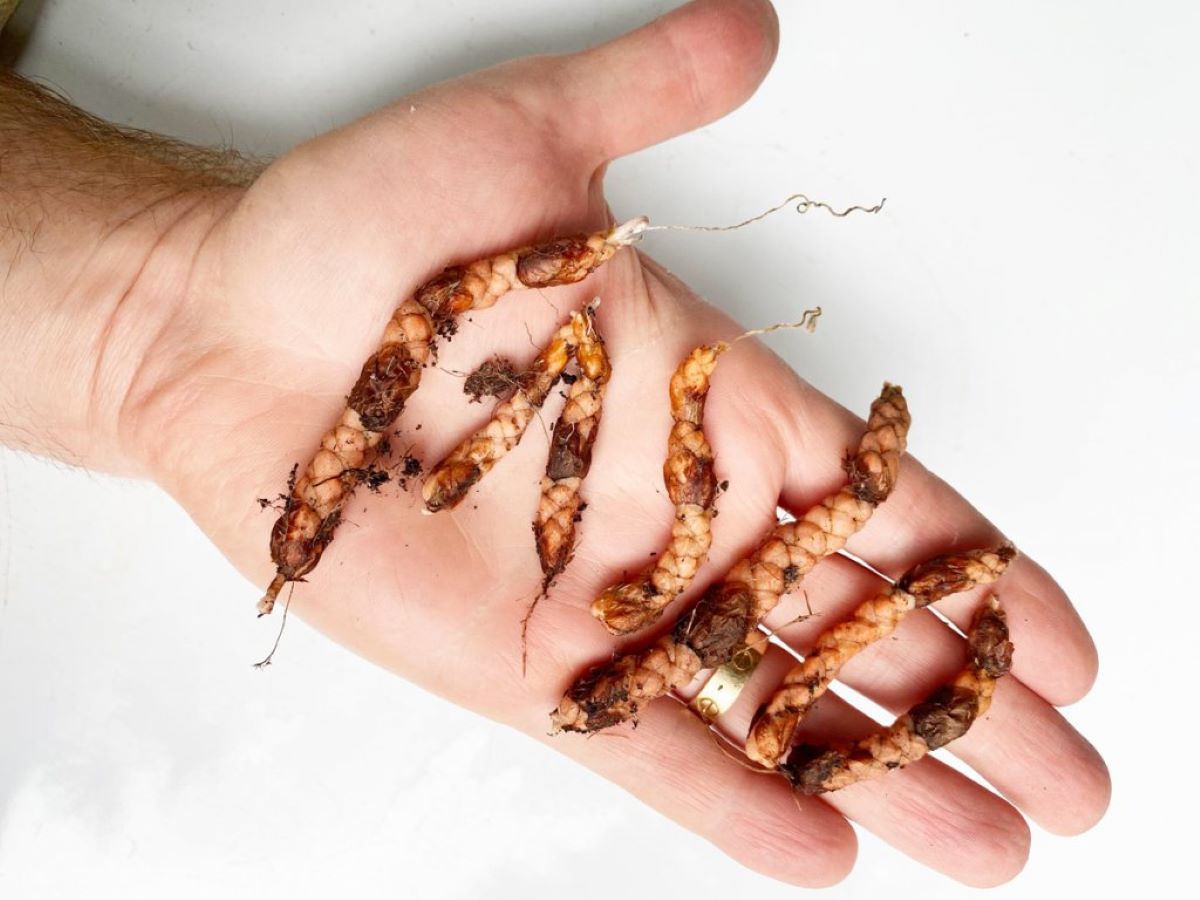
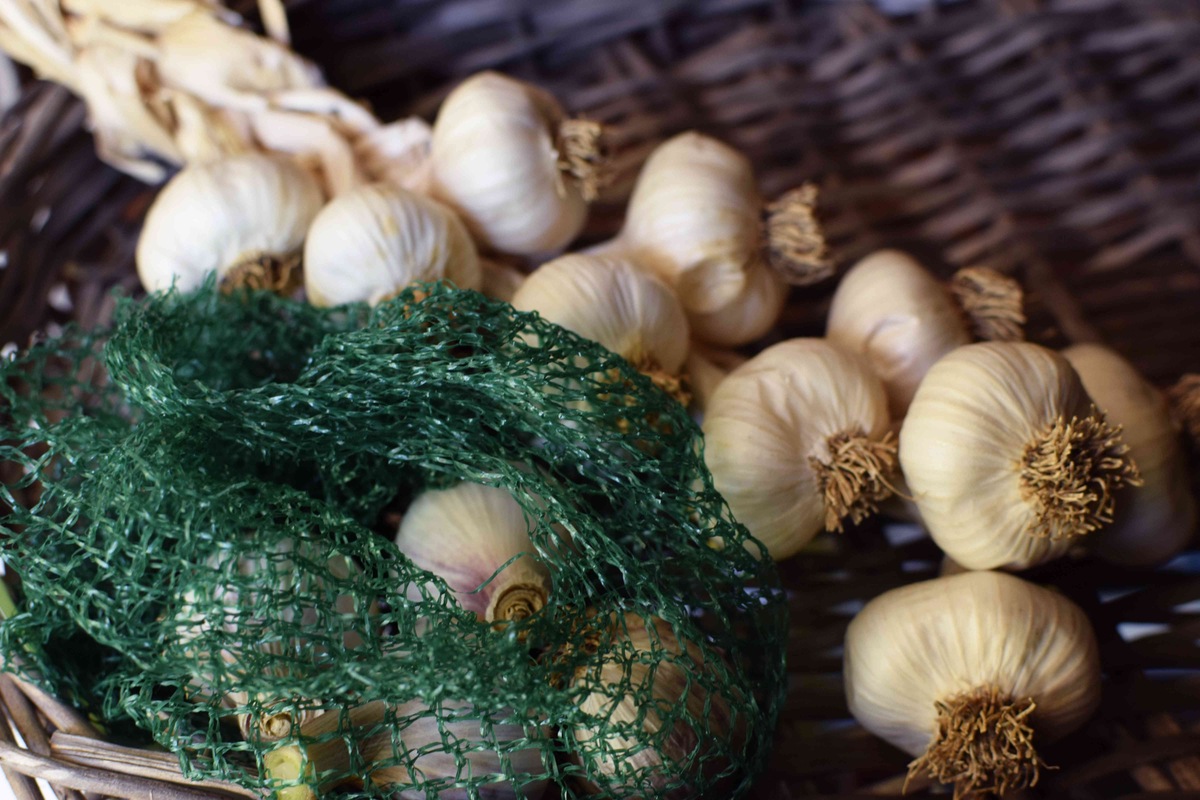
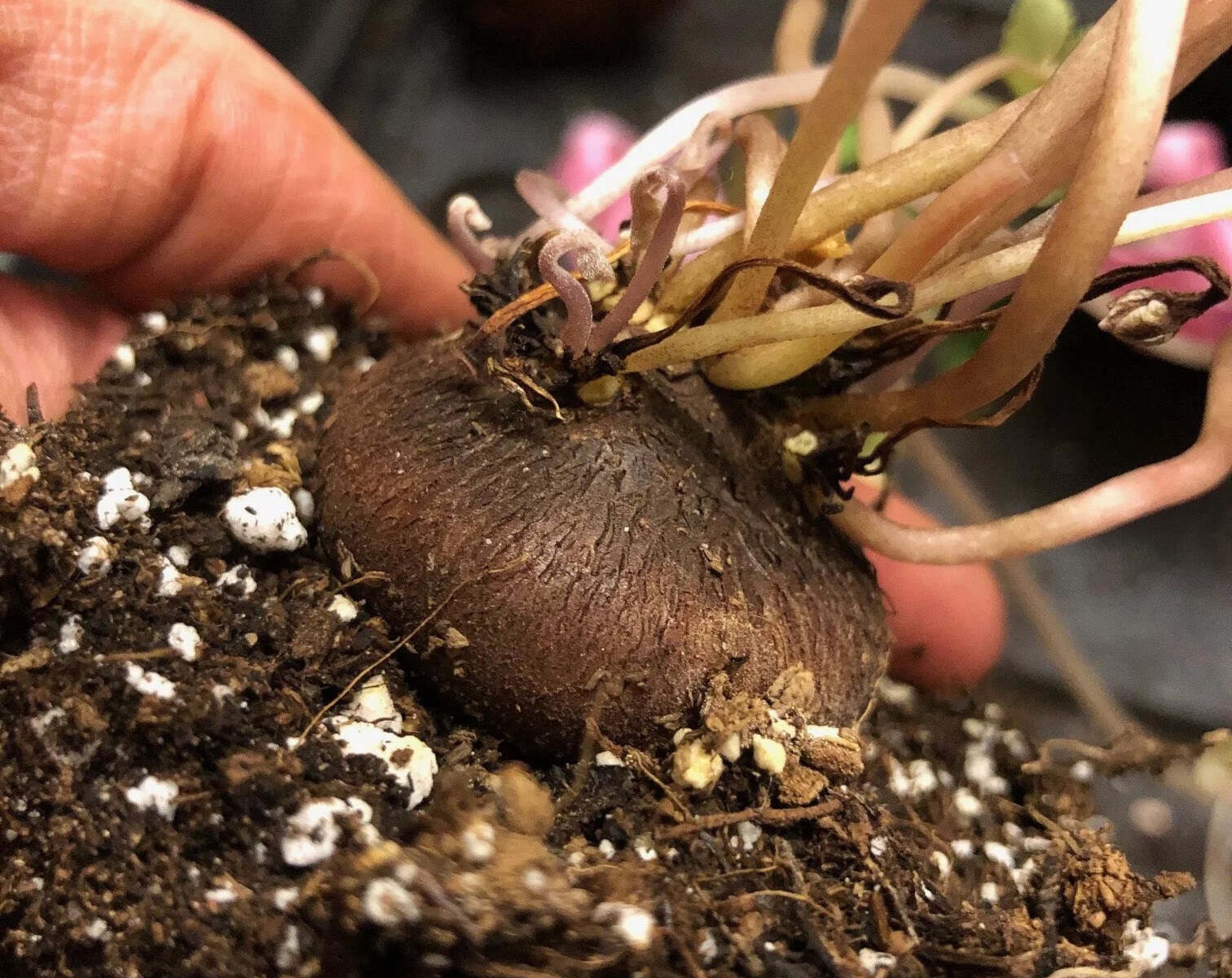
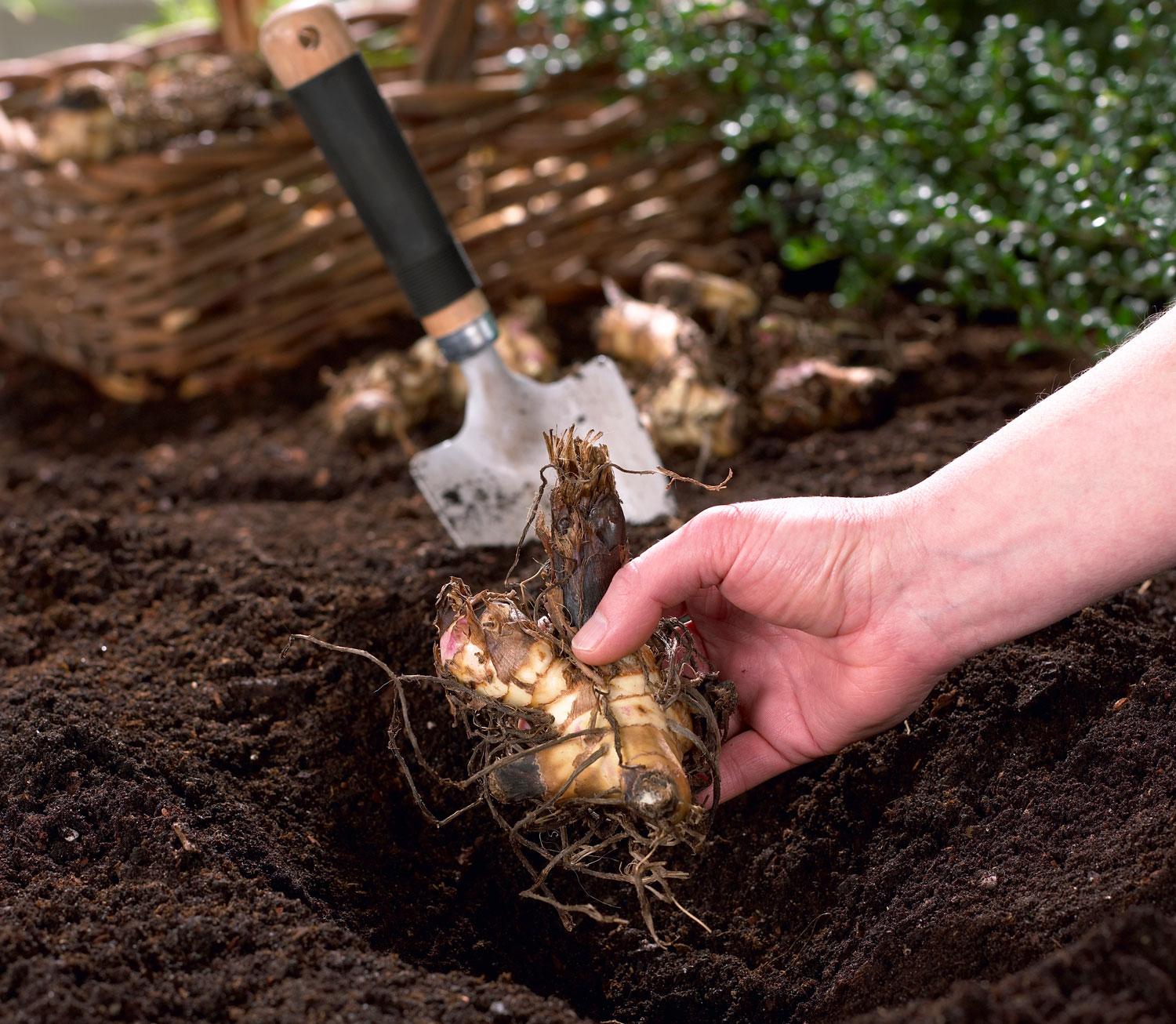
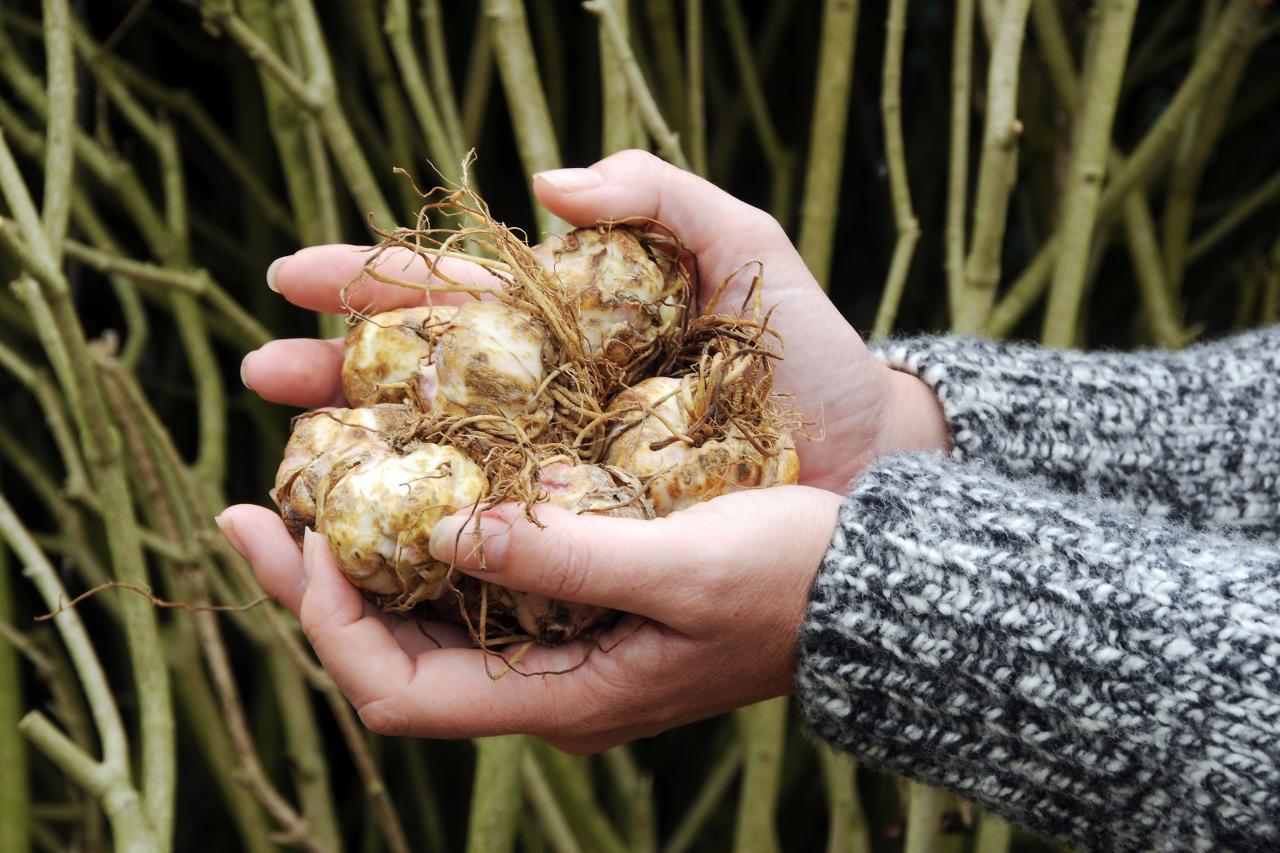
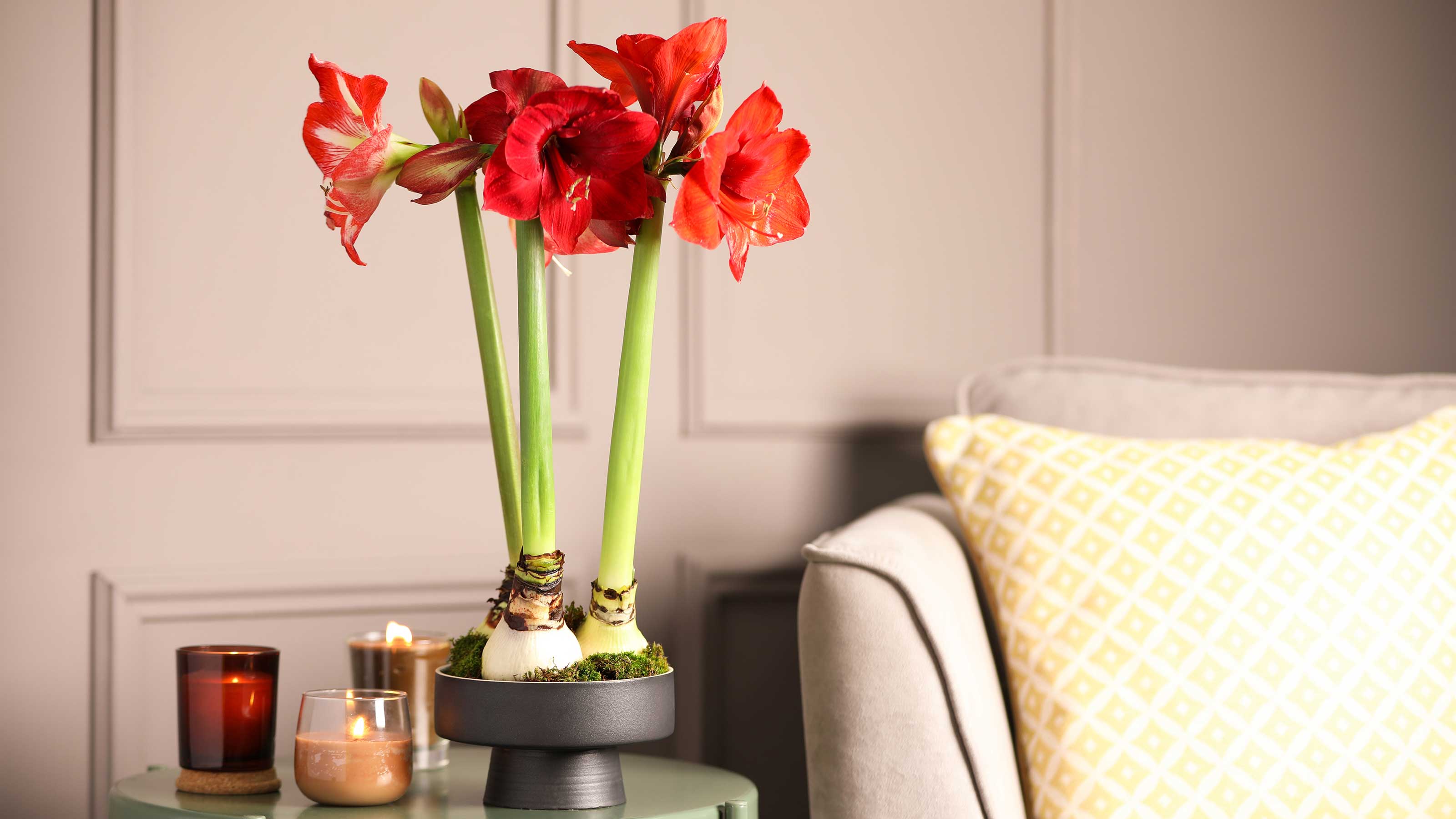
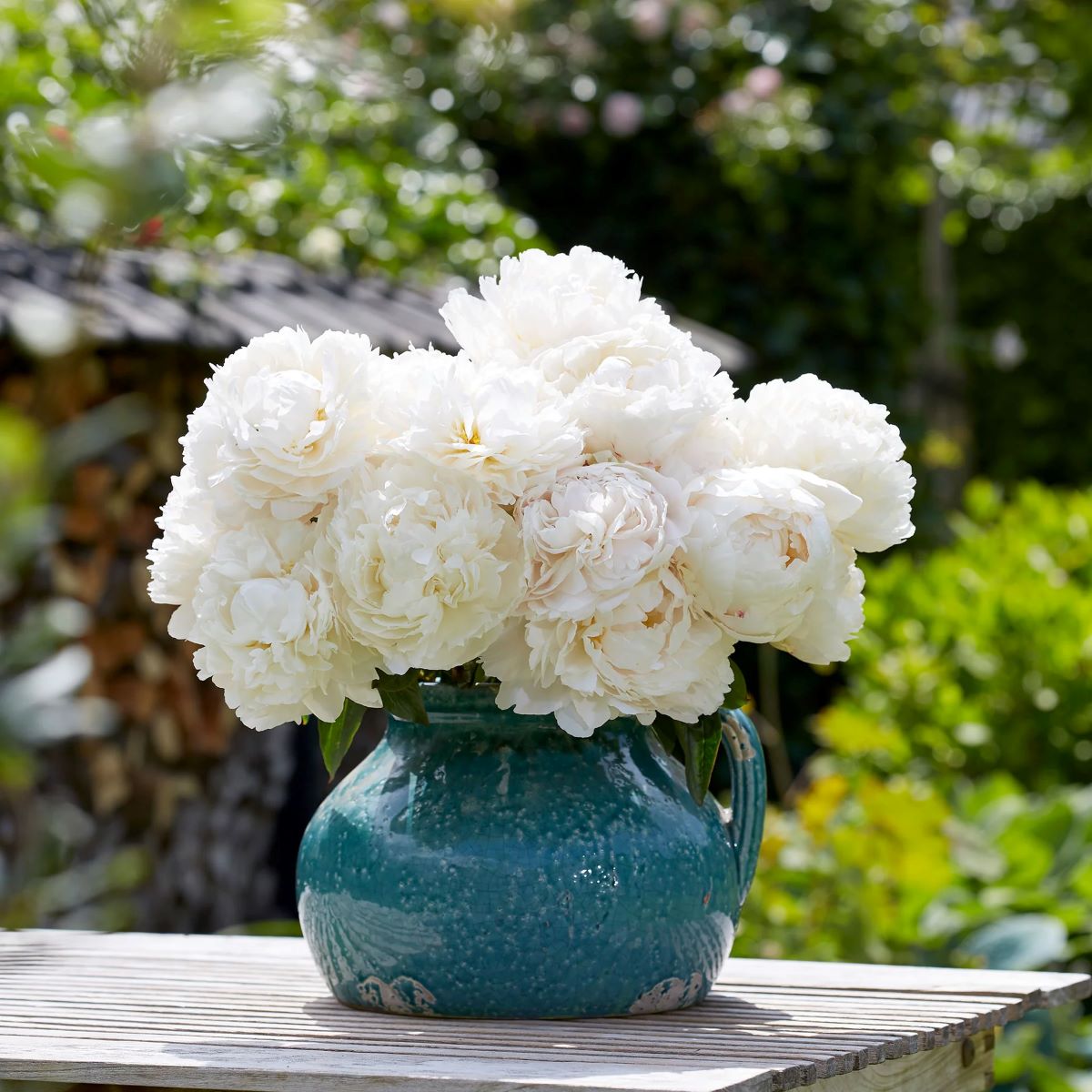
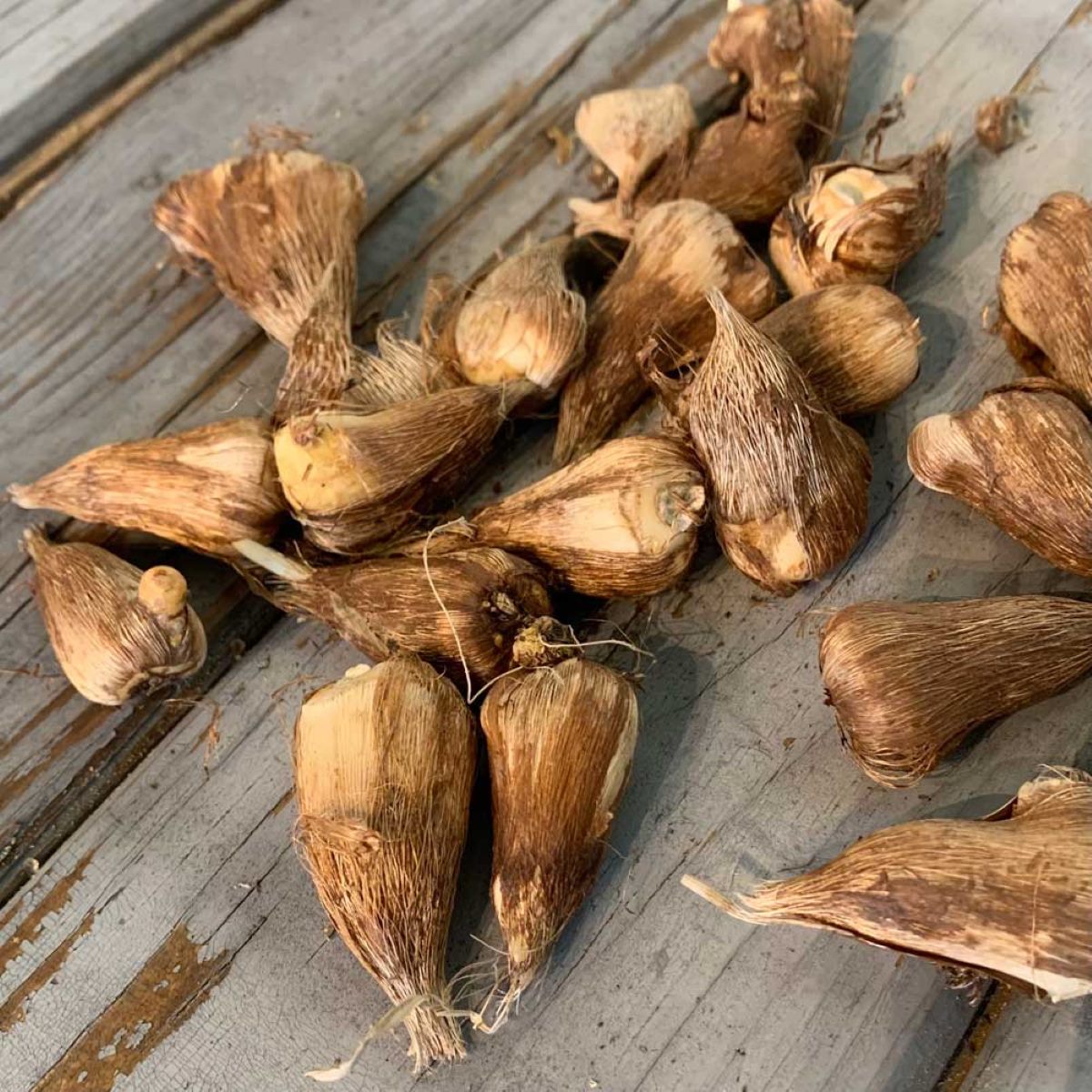

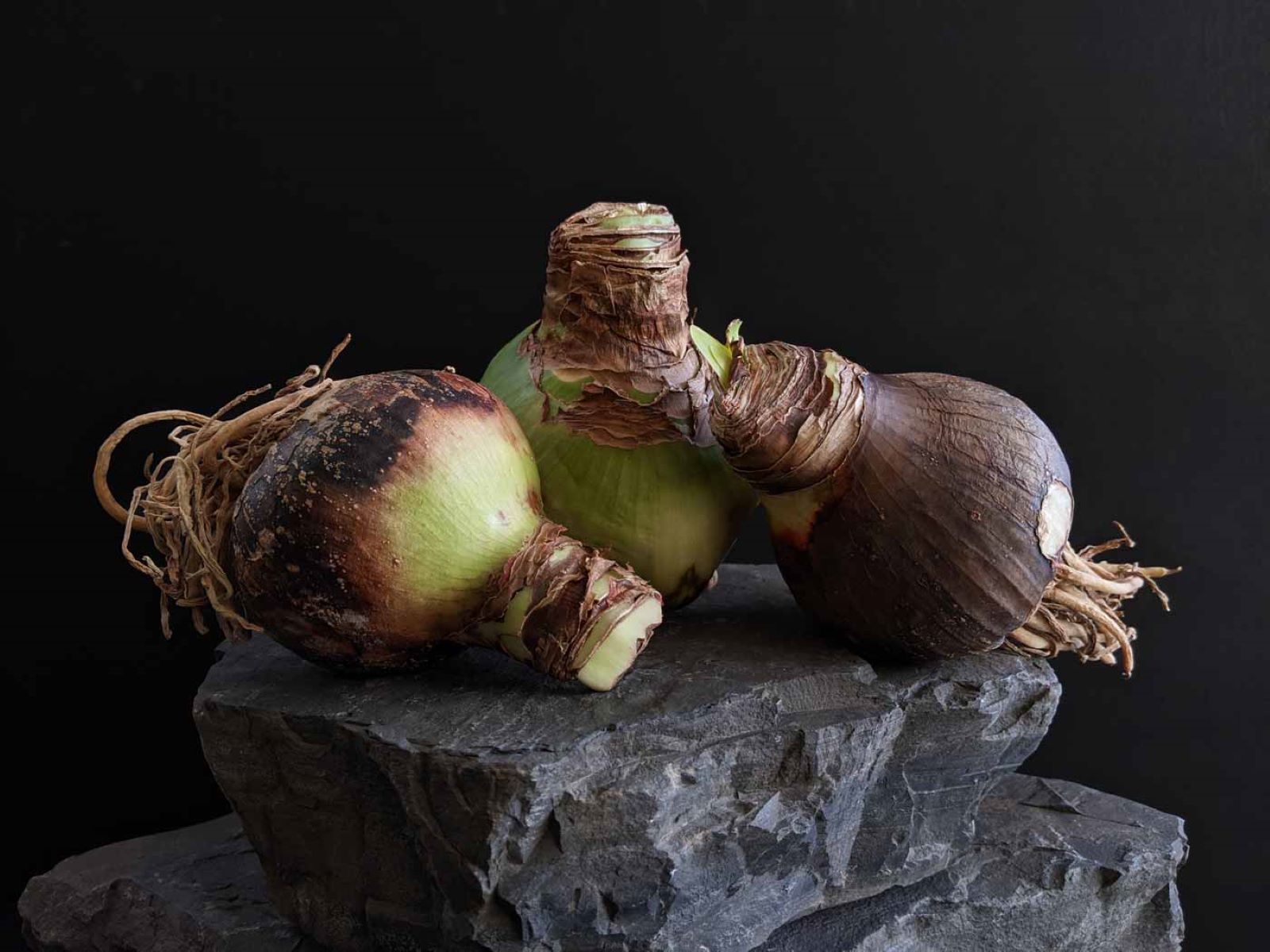
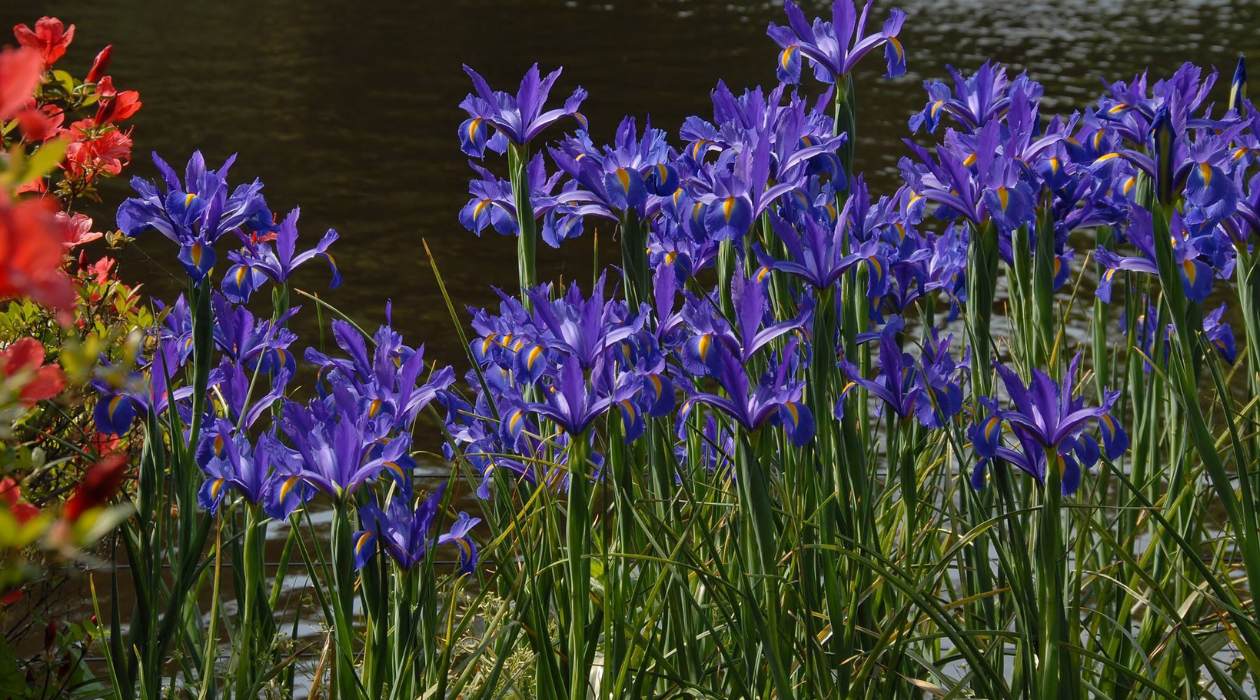
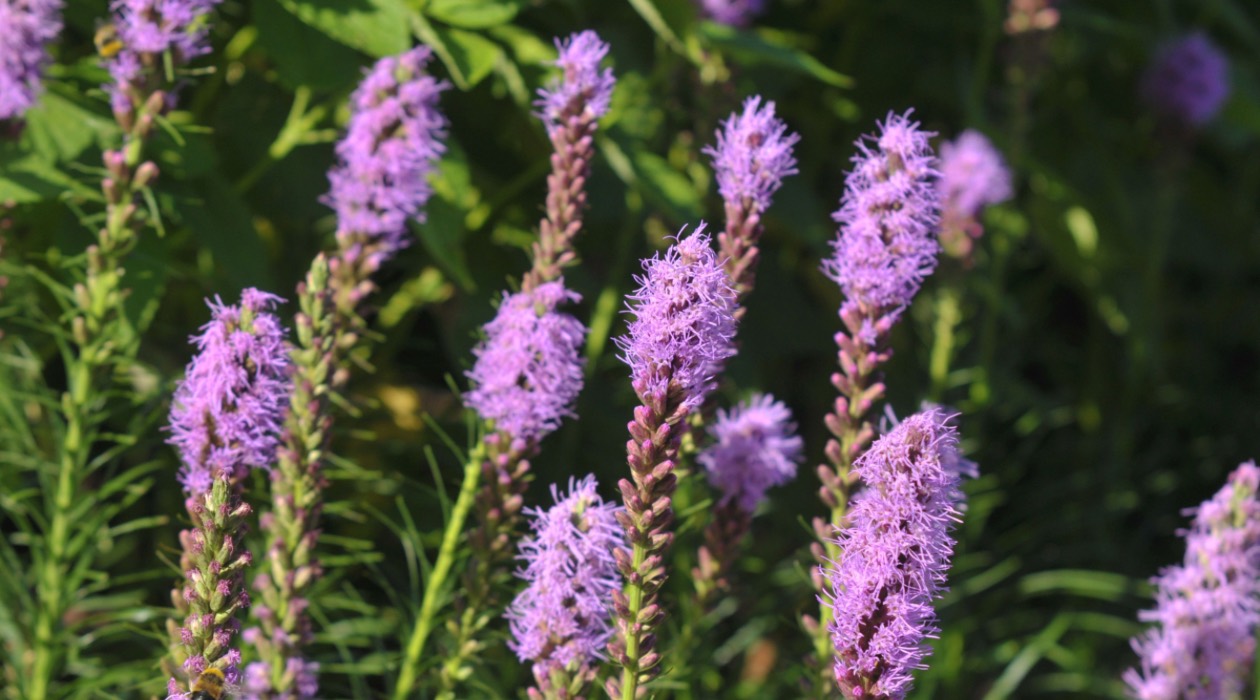
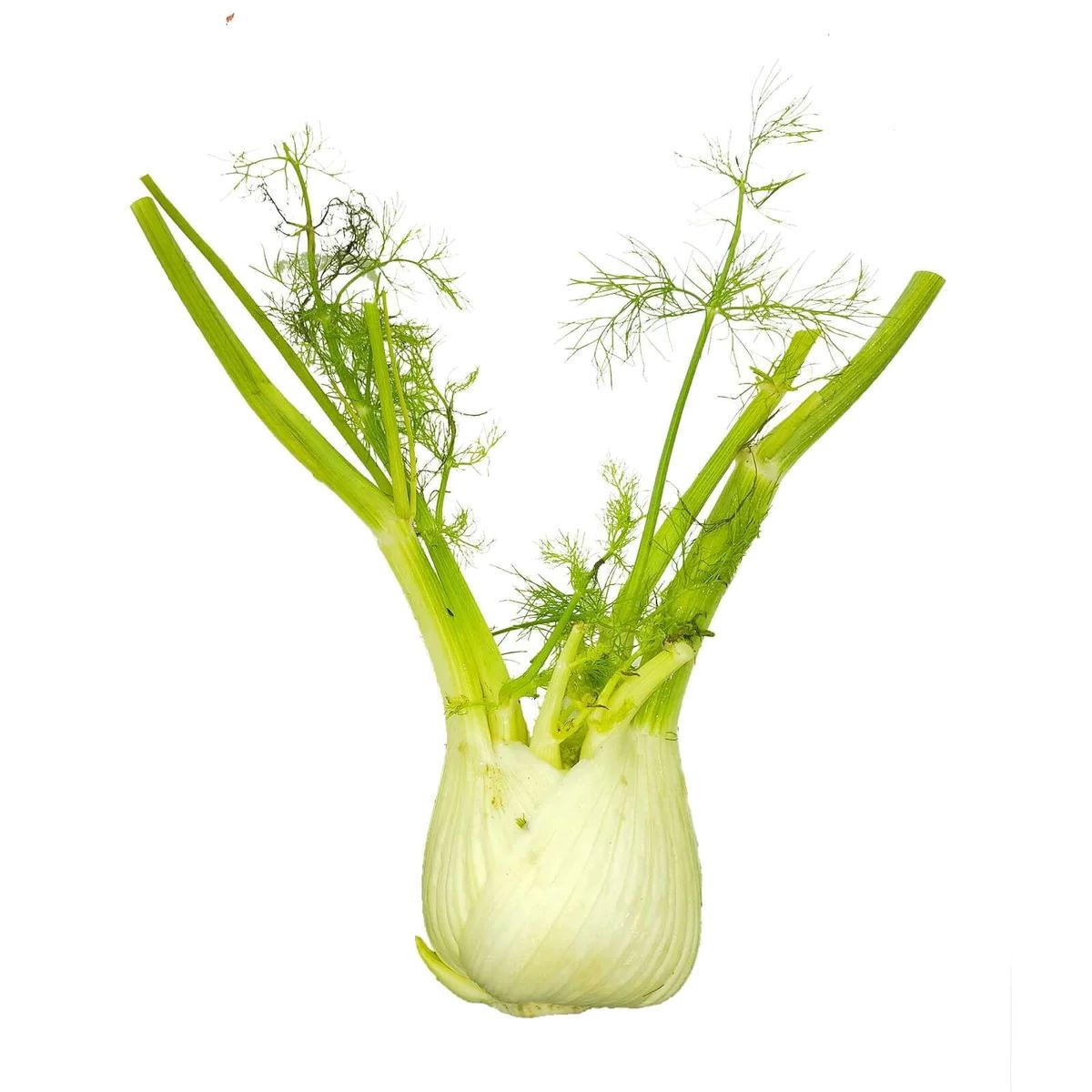

0 thoughts on “How To Store Daffodil Bulbs”